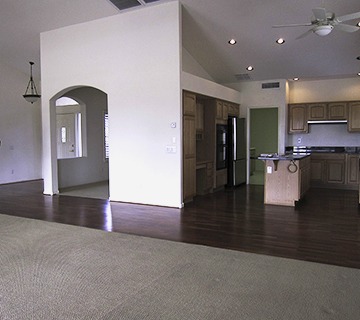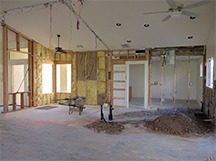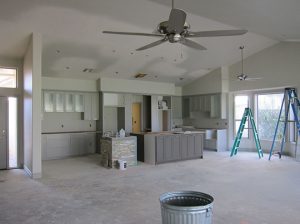kitchen backsplash trends
For several years, small mosaic tiles have been trending for kitchen backsplashes. While I like mosaic, I also like to use large format tiles generally used on floors as backsplash material. The larger the format gives you less grout lines. In this example, we used a floor tile that looks like honed stone and used a pencil trim that was thicker than the tile material. The pencil trim was used at the end of each tile in a vertical application rather than horizontal. The result is very pleasing and unusual. The materials play on matte and reflective finishes.

 to ensure success, have a plan. do not act on impulse. identify what your goals are. have a realistic budget and do your homework. research products and ask questions. find suppliers who are invested in answering your questions.
to ensure success, have a plan. do not act on impulse. identify what your goals are. have a realistic budget and do your homework. research products and ask questions. find suppliers who are invested in answering your questions.
